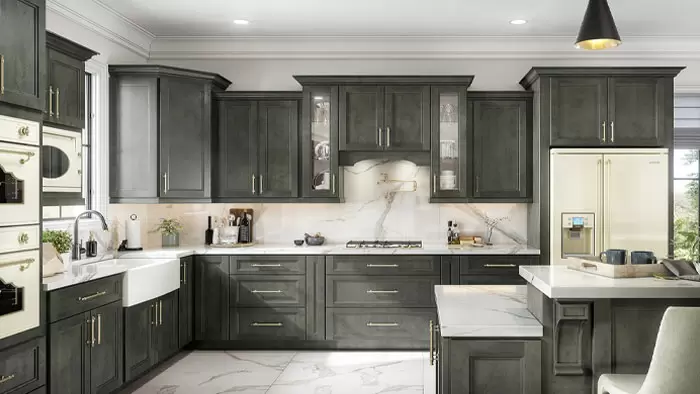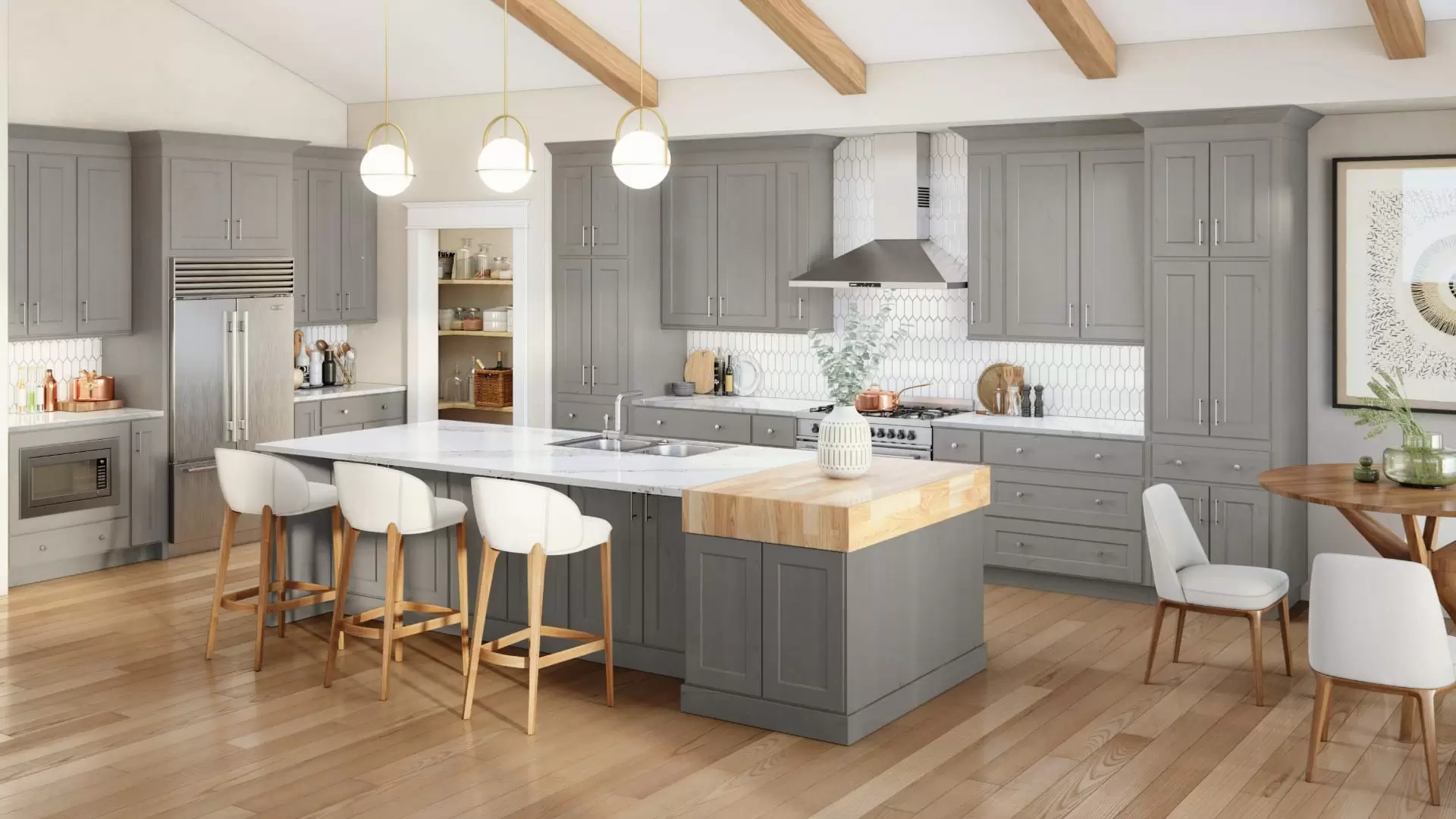The Ultimate Guide To Ready Kitchen Cabinets: Choosing The Best Fit For Your Home
Ready-to-assemble (RTA) kitchen cabinets have revolutionized the way homeowners approach kitchen renovations. Offering a perfect blend of convenience, affordability, and customization, RTA cabinets are a popular choice for modern households. This comprehensive guide aims to delve into the essence of RTA kitchen cabinets, from their definition to maintenance, aiding you in making informed decisions for your kitchen upgrade.
Introduction to Ready Kitchen Cabinets (RTA)
RTA cabinets are flat-packed units that come with all the necessary components and hardware required for assembly. This DIY-friendly option allows homeowners to save on installation costs and have greater control over their kitchen remodeling process. The assembly process is straightforward, involving precise instructions and typically requiring only basic tools.
Benefits of RTA Cabinets
Cost-effectiveness: RTA cabinets are notably more budget-friendly compared to pre-assembled options, making them an attractive choice for cost-conscious individuals.
Versatility: These cabinets come in a wide array of styles, finishes, and sizes, catering to diverse design preferences and kitchen layouts.
Ease of Installation: With clear instructions and pre-drilled holes, assembling RTA cabinets is simpler than one might expect, making it accessible even for those with minimal DIY experience.
Tips for Choosing the Right RTA Cabinets
Consider Kitchen Layout: Take accurate measurements and consider the layout of your kitchen to select cabinets that maximize storage and fit seamlessly into the space.
Materials and Finishes: Assess the materials used in the construction of the cabinets, considering durability and visual appeal. Select finishes that complement your overall design scheme.
Style Compatibility: Ensure that the chosen cabinet style harmonizes with your kitchen's aesthetic, whether it's traditional, modern, or transitional.
Step-by-Step Guide to Assembling RTA Cabinets
Organize Components: Lay out all parts systematically and familiarize yourself with the assembly instructions.
Follow Instructions: Carefully follow the step-by-step assembly guide provided by the manufacturer to avoid errors or misalignments.
Use Proper Tools: Have the necessary tools readily available and use them according to the manufacturer's recommendations for smoother assembly.
Maintenance and Care Tips for Longevity
Regular Cleaning: Wipe cabinets with a damp cloth and mild detergent to remove dust and grease buildup.
Avoid Harsh Cleaners: Refrain from using abrasive cleaners or harsh chemicals that might damage the cabinet surface.
Inspect and Tighten: Periodically check for loose screws or hinges and tighten them to maintain stability.
In conclusion, RTA kitchen cabinets offer a myriad of advantages, from their cost-effectiveness and easy assembly to their versatility in design and layout. By following the tips provided and adhering to maintenance practices, RTA cabinets can be an excellent choice for upgrading your kitchen, providing both functionality and aesthetic appeal.





